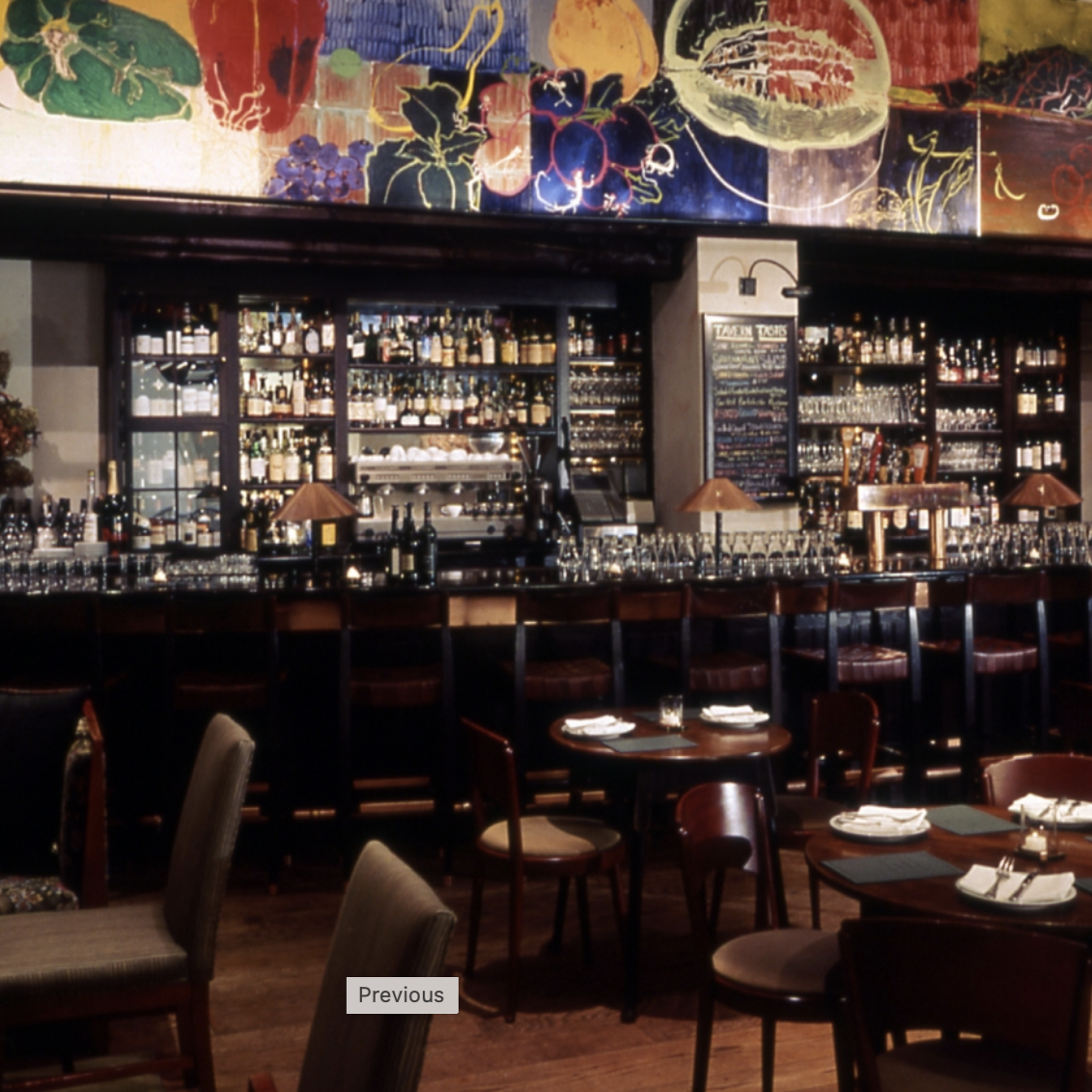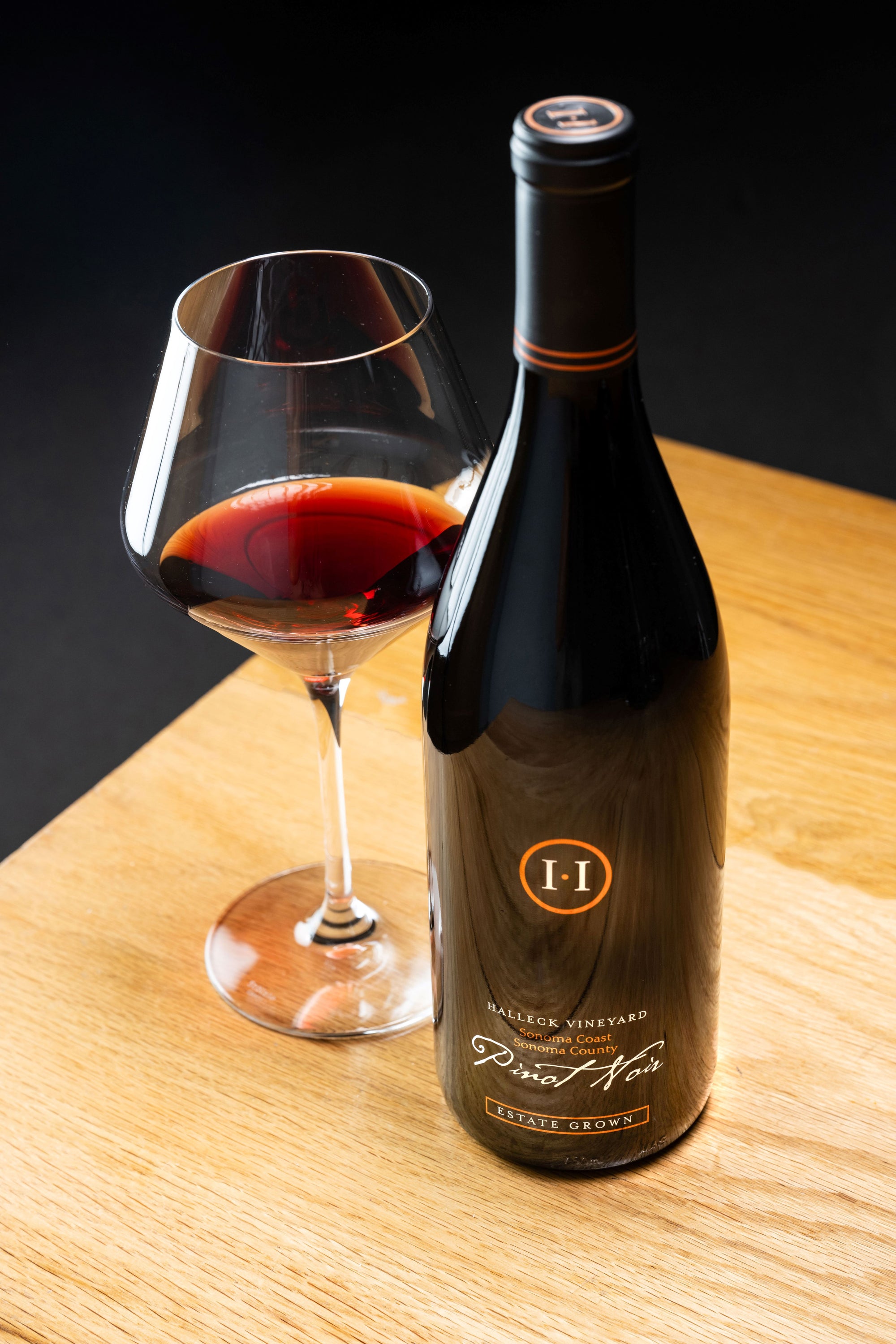Wineries Offering Educational Wine Seminars - Scenic Wineries Of Sebastopol
Wineries Offering Educational Wine Seminars - Scenic Wineries Of Sebastopol
Blog Article
Wineries Offering Elegant Wine Tastings - Tasting Rooms In Sebastopol
Wine tasting is an art that requires practice and an understanding of assorted features involved in the process. One crucial factor of wine tasting is the development and interpretation of tasting notes, which serve as a guide for each novices and seasoned connoisseurs. A Guide To Understanding Winery Wine Tasting Notes can improve your wine-tasting experience, making it extra significant and gratifying.

Tasting notes are concise descriptions that capture the essence of a wine’s flavors, aromas, and general character. Normally composed by professional tasters, winery tasting notes offer insights into the nuances of varied wines. They may help wine enthusiasts perceive what to expect from a specific bottle. Nonetheless, tasting notes can vary widely in style and element based mostly on the author's experience and palate.
Wineries Known For Sustainable Practices In Sonoma - Tasting Rooms In Sebastopol
When you first approach a glass of wine, your senses will begin to interact right away. The sight, odor, and style of the wine will converge to give you a whole experience. Tasting notes typically start with the visual assessment, the place the color of the wine is taken into account. Shade plays a major position in indicating the wine’s age, grape variety, and even its flavor profile.
After assessing the visible aspect, the following step involves swirling the wine in the glass. This motion aerates the wine, allowing its aromas to awaken. Smelling the wine offers critical insight into its complexity. The preliminary sniff can deliver a flood of scents that will embrace fruity, floral, herbal, or earthy notes. This is commonly probably the most subjective part of tasting, as individual experiences can dramatically differ.
In winery tasting notes, descriptors are sometimes categorized into main, secondary, and tertiary aromas. Primary aromas usually stem from the grape variety, secondary aromas derive from fermentation processes, and tertiary aromas come up from getting older. Understanding these classes can help you respect the depth of a wine, and they also provide the vocabulary to express your experience higher.
Wineries With Outdoor Seating - Sebastopol Area Wine Tasting
Following the olfactory encounter, your focus will shift to the style of the wine. This is where the primary characteristics—sweetness, acidity, tannins, alcohol—come into play. Tasting notes usually element these flavors in multiple dimensions, including the initial attack in your palate to the lingering finish on your tongue. A high-quality wine will current a harmonious balance between these components.
Whereas tasting, it is important to contemplate the physique of the wine, which may be described as light, medium, or full. The body contributes considerably to your total impression, serving to you consider how the wine pairs with food or whether or not it stands alone as a sipping wine. Balancing the body with the opposite characteristics will provide you with a fuller understanding of what the wine has to supply.
The end of the wine, also known as the aftertaste, is another crucial aspect usually included in tasting notes. A lengthy, pleasant end usually signifies the next quality wine, whereas a short or cloying aftertaste could recommend in any other case. Evaluating the end can supply additional perception into the wine's complexity and distinction.
Understanding the context of winery tasting notes can additionally be priceless. Tasting notes can provide contextual information about the winery's location, climate, and grape-growing practices. This context adds one other layer of appreciation for the wine, permitting enthusiasts to connect the sensory experience with its origins, thus enhancing the enjoyment additional.
Wineries Perfect For A Relaxing Afternoon - Discovering The Vineyards Of Sonoma County
Many wineries present tasting notes on their websites or labels, typically written in an approachable yet informative style. Nonetheless, not all winery tasting notes are created equal. Some may be overly technical, while others would possibly prioritize advertising aptitude over insightful evaluation. Learning to navigate these notes can arm you with the knowledge to make informed selections when deciding on wines.
Taking Part in tastings at wineries also can deepen your understanding of wine tasting notes. Interacting with educated workers can give you a more hands-on method to exploring different wines and the language used to explain them. Wineries Specializing In Sparkling Wines. You May have the chance to ask questions, have interaction in discussions, and probably refine your palate in real time.
Experimentation is important for mastering wine tasting notes. As you sample different wines, strive making your own notes. Focus on describing the wine’s shade, aroma, taste, and finish. Over time, you’ll develop a private vocabulary that resonates along with your sensory experiences. Every note you create will help refine your palate, allowing you to appreciate wines at a deeper level.
Wineries Pairing Wine With Chocolate - Vineyards Near Sebastopol
In conclusion, a Guide To Understanding Winery Wine Tasting Notes presents a complete framework for diving into the world of wines. It equips you with the methods and language necessary to articulate your experiences. Whether Or Not you are a informal drinker or a dedicated aficionado, understanding and using tasting notes can profoundly influence your wine journey. This information not only enhances your enjoyment but additionally connects you deeply with the wealthy narratives every bottle tells. By embracing this journey, you turn out to be a part of the attractive mosaic of wine tradition, the place each sip unveils a model new story waiting to be discovered.
- Wine tasting notes typically embody quite lots of sensory descriptions, including aroma, flavor, acidity, body, and end, permitting tasters to completely respect the wine's characteristics.
- To enhance your understanding, familiarize your self with frequent wine terminology similar to "tannins," "oakiness," or "terroir," which might help decipher the notes more effectively.
- A systematic method to tasting entails first visually assessing the wine's colour and clarity, followed by swirling to launch aromas, then inhaling and describing what you experience.
- Taking notes throughout tasting might help identify patterns over time, bettering your palate and making it simpler to recall preferences for future choices.
- Don't overlook the affect of food pairings; tasting notes can differ significantly when a wine is enjoyed with complementary flavors, altering notion and pleasure.
- Pay attention to the wine’s vintage, as climatic conditions in a given 12 months can considerably affect the ultimate product, including one other layer to the tasting notes.
- Think About the winemaker's style and philosophy, which may shape the wine's profile and impression how its notes evolve with each sip.
- Practicing with completely different grape varieties can broaden your vocabulary; each kind brings unique traits that can improve your ability to articulate tasting notes successfully.
- Engaging with wine professionals or attending tasting events can present useful insights, offering a richer context for understanding personal tasting notes.
- Bear In Mind that tasting is subjective; individual preferences and experiences will form one’s interpretation of the same wine, enriching the overall enjoyment of wine exploration.
What are wine tasting notes?
Wine tasting notes are descriptive feedback made by tasters about the look, aroma, this article style, and end of a wine. They provide an summary of the wine's characteristics and may help customers understand the style and quality of the wine.
Wineries Showcasing Local Art And Crafts - Sonoma Area Winery For Tasting
Why are tasting notes important when deciding on wine?
Tasting notes can guide you in choosing a wine that fits your palate. They present insights into flavors and aromas, helping you to match wines with food or occasions. Understanding these notes enhances your general wine experience.
How should I learn wine tasting notes?
(Wineries Known For Sustainable Practices In Sonoma)
Innovative Wine-Making Techniques In Sonoma Valley - Top Sonoma Wine Tasting Destinations
When studying wine tasting notes, take note of the construction: look for descriptions of colour, aroma, flavor, and end. This will help you grasp the wine's profile and decide if it aligns with your preferences.
What terms generally appear in wine tasting notes?
Widespread phrases include "tannin" (the structure), "acidity" (the crispness), "body" (the weight), and numerous flavor descriptors like "fruity," "earthy," or "spicy." Familiarizing your self with these terms can deepen your understanding of wine.
Celebrated Winemakers To Discover In Sonoma - Discovering Sonoma Area Wineries

Can I create my own tasting notes?
Yes! Writing your own tasting notes can enhance your wine tasting experience. Focus in your observations of style, aroma, and different sensory characteristics. This personal practice might help you refine your palate over time.
How do I determine the aromas in wine tasting notes?
Hidden Gem Wineries In Sonoma County - Tasting Rooms In Sebastopol
To establish aromas, practice smelling quite a lot of scents and associating them with wines. Swirl the wine in your glass to launch its aromas, then take a moment to breathe in deeply before identifying any prominent scents.

What is the distinction between professional and personal wine tasting notes?
Professional tasting notes might use extra technical language and specific terminology, while personal tasting notes are subjective and reflect individual experiences. Both are valuable for understanding and enjoying wine, however personal notes may resonate more together with your distinctive tastes.
How can tasting notes enhance my wine appreciation?
Wineries With Unique Varietals - Sebastopol Vineyard Experiences
Tasting notes can enhance your appreciation by helping you to grasp and articulate the complexities of wine. They encourage aware tasting and provide a framework for comparing different wines, leading to a richer enjoyment click for more of the beverage.
Are there any apps or tools to assist with wine tasting notes?
Sure, there are several apps designed to assist users record and organize their tasting notes. These instruments usually provide options like flavor wheel guides and wine database searches, making it easier to track your journey through completely different wines. Report this page